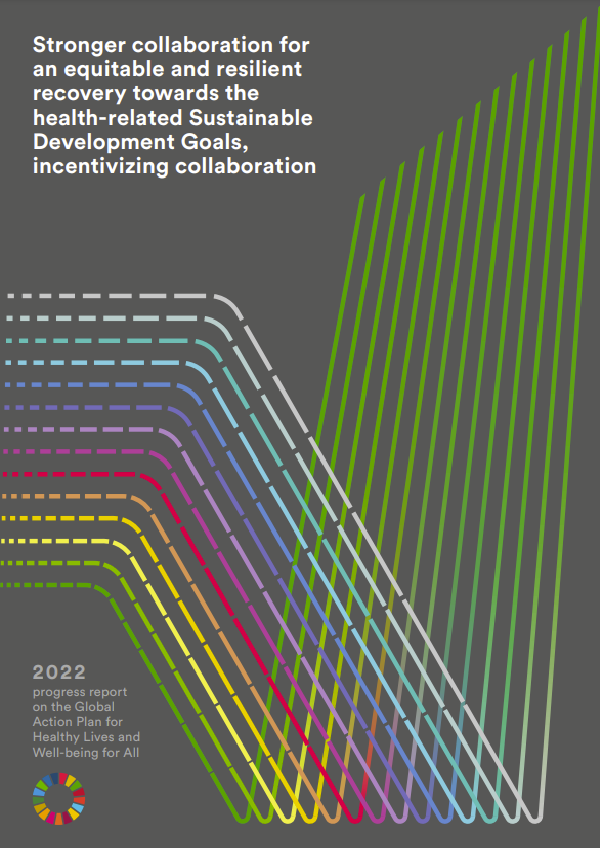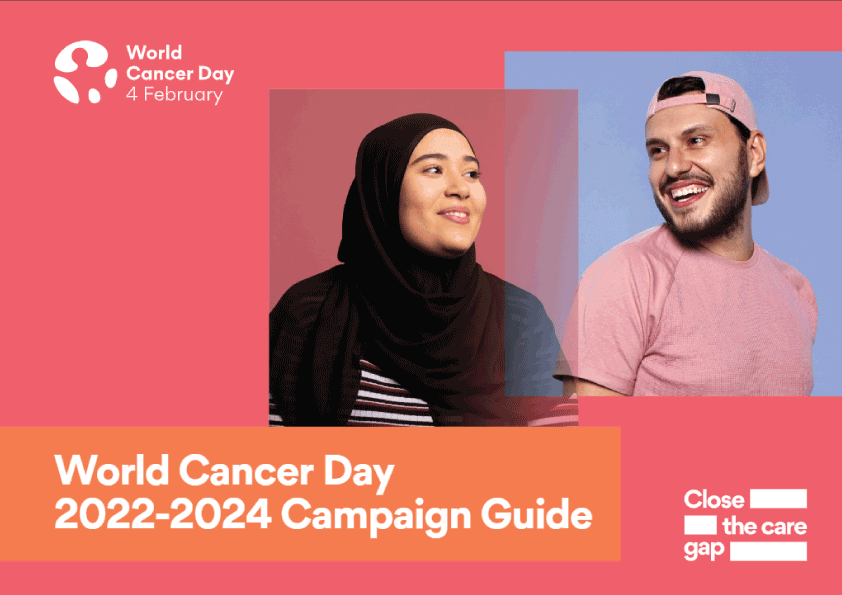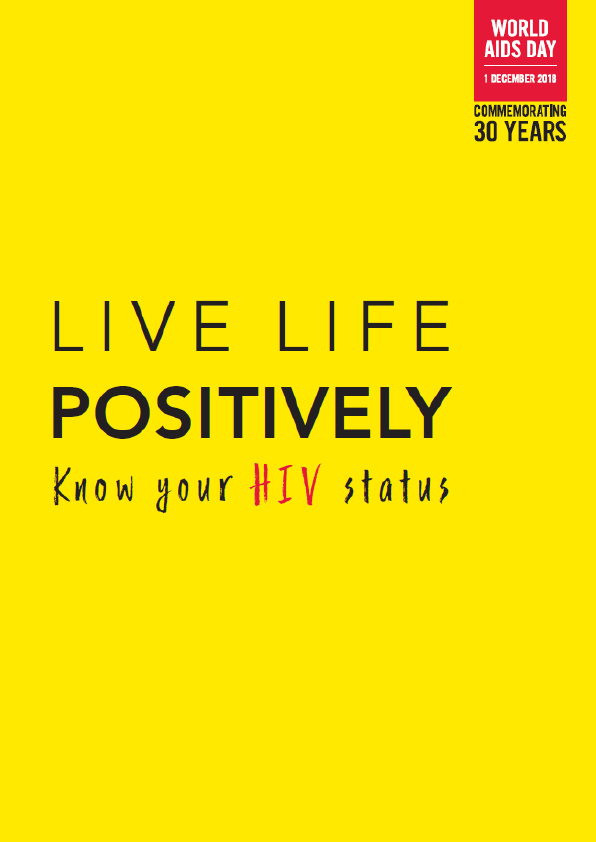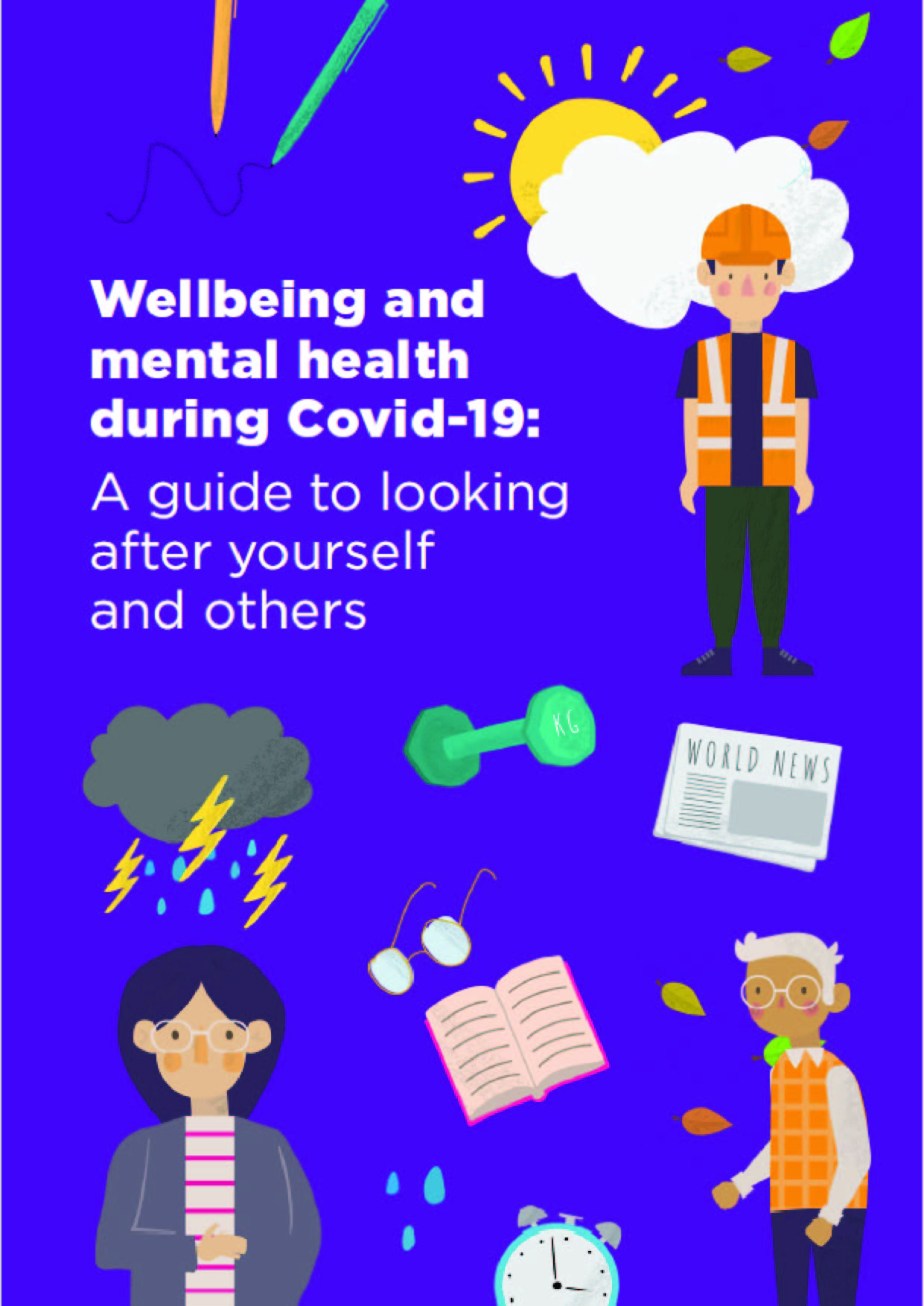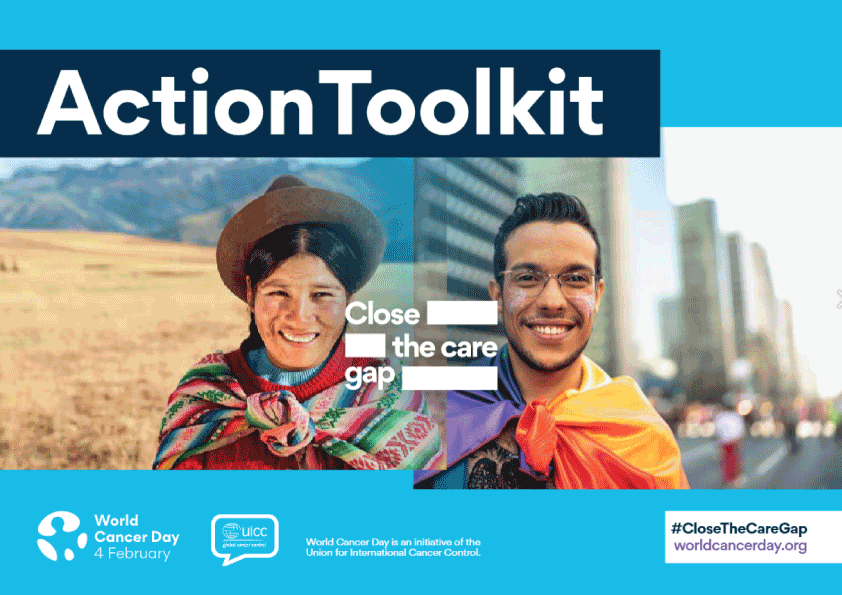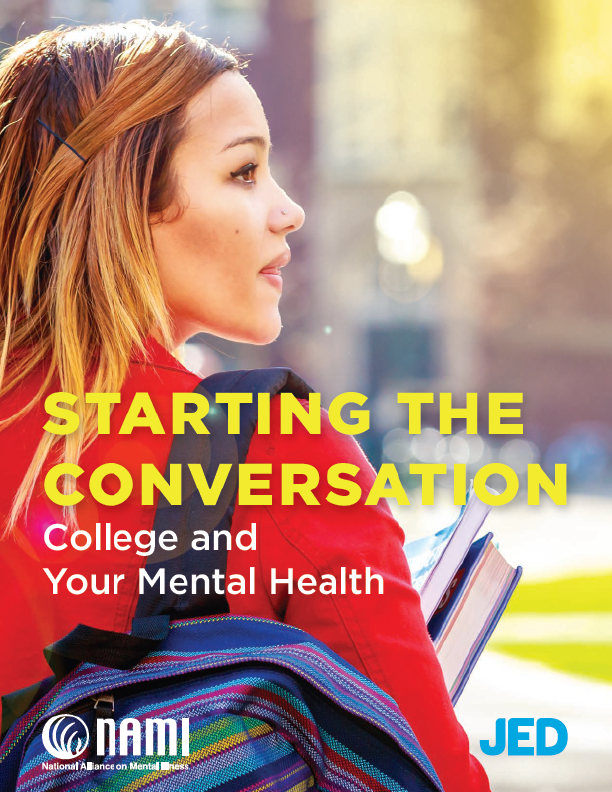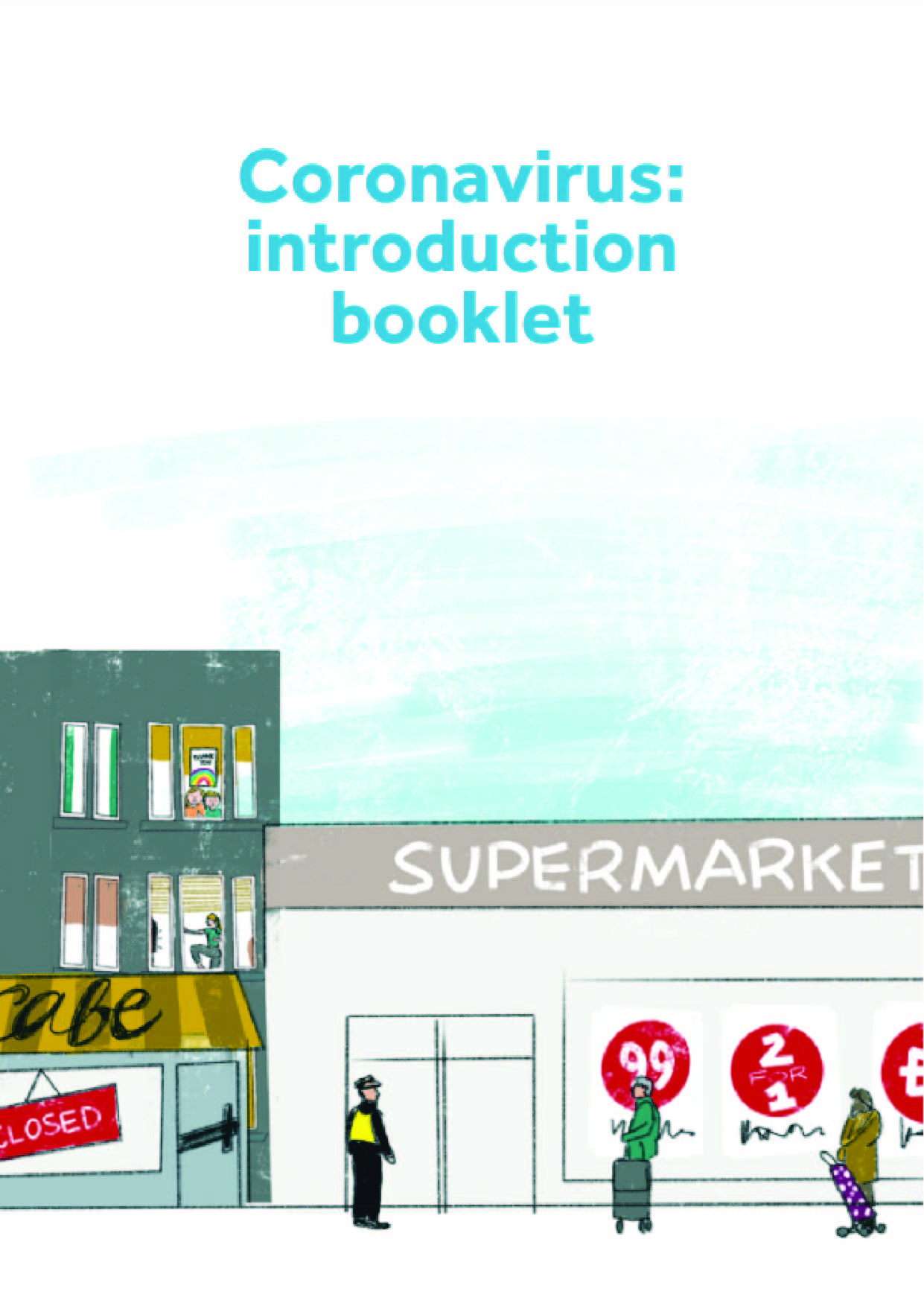This third, annual Global Action Plan for Healthy Lives and Well-being for All (SDG3 GAP) progress report illustrates how the SDG3 GAP is promoting synergies between pandemic responses and longer-term efforts to achieve the SDGs by creating an improvement platform for collaboration on health in the multilateral system. Country case studies showcase how collaboration is deepening. The report shows how incentives are essential to encourage closer collaboration in the global health architecture.
As COVID-19 continued to dominate global health over the last year, the direct and indirect impact of the pandemic has led progress against the health-related Sustainable Development Goals (SDGs) to fall even further behind. For both universal health coverage and health determinants, the rate of progress is one quarter or less of what is needed to achieve 2030 targets. At the same time, crises such as armed conflict, increasing levels of acute food insecurity, political and economic instability, and the growing impact of climate change threaten to derail recovery from the pandemic. A key way to respond to and ensure an equitable and resilient recovery from COVID-19 is for multilateral agencies to collaborate even more closely in providing effective and efficient joint support to countries, which is the foundation of the Global Action Plan for Healthy Lives and Well-being for All (SDG3 GAP).
The COVID-19 pandemic has placed major demands on national governments and the multilateral system, highlighting the need for increased domestic and external investments in health systems recovery and primary health care (PHC) as an efficient and cost-effective strategy to achieve the health-related SDGs. It has also given rise to new entities in the global health architecture and the potential for others to emerge from ongoing discussions related to future pandemic prevention, preparedness and response. SDG3 GAP is helping to promote synergies among its signatory agencies’ pandemic-specific responses and their longer-term work to accelerate progress towards the SDGs at all levels by creating an improvement platform for collaboration on health among key actors in the multilateral system.
ENGAGE
Action and impact in countries remain central to work under the SDG3 GAP. The number of countries currently engaged has increased from 37 last year to more than 50 and collaboration at the country level is deepening, as illustrated by the case studies in this report and online. A “recovery strategy” approved by SDG3 GAP Principals in November 2021 and a joint letter from the Principals to country-facing teams in January 2022 have further refined the signatory agencies’ offer to countries and the added value of the SDG3 GAP collaboration.
The Sustainable Development Goals (SDGs) or Global Goals are a collection of 17 interlinked global goals designed to be a “blueprint to achieve a better and more sustainable future for all”. The SDGs were set up in 2015 by the United Nations General Assembly (UN-GA) and are intended to be achieved by 2030. They are included in an UN-GA Resolution called the 2030 Agenda or what is colloquially known as Agenda 2030. The SDGs were developed in the Post-2015 Development Agenda as the future global development framework to succeed the Millennium Development Goals which ended in 2015.
ACCELERATE
Communities of practice are now well established through the seven SDG3 GAP accelerators and the overarching commitment to gender equality. The accelerator and gender equality working groups remain focused on supporting joint country-level activities. Work at the country level increasingly spans several accelerator themes, for example on PHC and sustainable financing, while also helping to strengthen data systems and bring innovation to scale. Alignment among the accelerators is driven by country priorities and needs. The working groups have also developed several global public goods, including for the response to COVID-19.
ALIGN
The alignment of global health initiatives continues to be a critical focus of the SDG3 GAP, and this has intensified due to the COVID-19 pandemic and the need for signatory agencies to use resources efficiently. Notably, work under the SDG3 GAP is further integrated with that of the H6/Every Woman, Every Child and the Health Data Collaborative, and stronger synergies with UHC 2030 are being explored.
ACCOUNT
Signatory agencies have responded to the key recommendations in the joint evaluability assessment of the SDG3 GAP undertaken in 2020, setting the scene for an independent evaluation of the SDG3 GAP in 2023. The SDG3 GAP monitoring framework, now being piloted, seeks country perspectives on collaboration among the signatory agencies. Responses from 42 national governments or relevant authorities reflect an overall positive assessment of collaboration among SDG3 GAP agencies but indicate that – especially in low-income countries – more efforts are needed to align with national priorities and strengthen coordination. The responses also include concrete suggestions for improvement and emphasize that coordination should be country-driven and that SDG3 GAP should help to strengthen coordination capacities in ministries of health.
